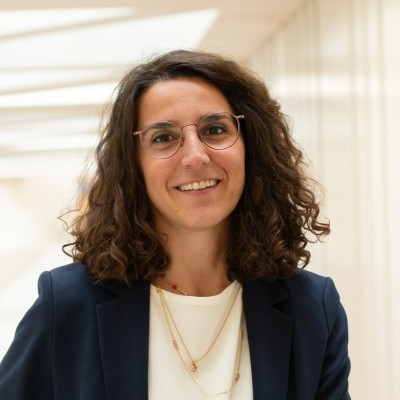I spent almost six months at the European Medicines Agency (EMA), dedicating 20 hours per week to this rotation. My time was divided between working two days a week at the EMA office in Amsterdam and working remotely, thanks to remote access to the EMA system.

Erica Brivio, Paediatric Oncologist
Focus of the Rotation
My rotation focused mainly on two key activities:
Research Project: Initially, I proposed a project to revise all the Pediatric Investigation Plans (PIPs) for myeloid malignancies to track the successful ones and identify the non-approved ones. However, due to internal policies, I had to modify my project. Instead, I reviewed the successful PIPs for solid tumors, examining the major objectives raised by the Committee for Medicinal Products for Human Use (CHMP) before approval, the number and content of PIP modifications, and other relevant factors. From this research, I prepared a manuscript, which is now under revision before submission for publication. At the end of my rotation, I presented the results of my research at an EMA scientific meeting attended by various offices, not just the pediatric office. The presentation was well-received and provided valuable input for similar review processes in non-oncologic pediatric fields and other offices.
Participation in EMA Pediatric Office Activities: I mainly followed the activities of colleagues focused on pediatric oncology. I reviewed some new PIPs submitted during my rotation, providing feedback and clinical input to my colleagues. Additionally, I participated in the monthly Paediatric Committee (PDCO) meetings, which occurred once a month over four days. These meetings allowed me to follow discussions on a variety of drugs, not just those for oncologic diseases. I also joined cluster calls organized with the U.S. Food and Drug Administration (FDA) regarding specific products in development on both sides of the Atlantic. Moreover, I attended meetings of the pediatric office on general discussions about PIPs and organizational issues, giving me a comprehensive understanding of the EMA’s overall organization.
Conclusion
My six months at the EMA were incredibly enriching, providing me with hands-on experience in regulatory affairs, particularly in pediatric oncology. The opportunity to contribute to ongoing projects, review new PIPs, and participate in high-level discussions has significantly broadened my understanding of the regulatory landscape and the complexities involved in pediatric drug development.
